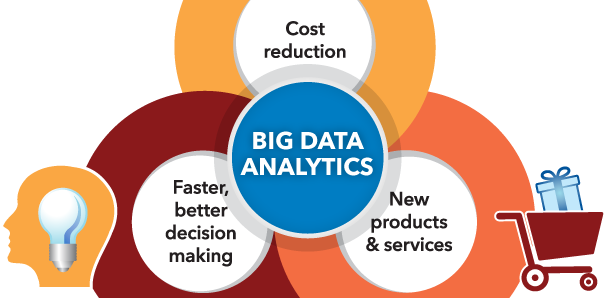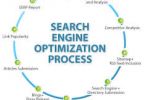Big data analytics has attracted enterprises across industries all around the world owing to its predictive powers. Predictions are that the big data market will be worth $50 billion by 2020. We can easily call big data analytics a major industry by its own rights. Every industry is faced with some problems during its development and maturity and even after that. Analytics industry is no exception. There are two problems that need emphatic focus – 1. Skill gap 2. Scepticism about results.
We all know about the existence of the first problem. Every industry has faced this issue during its maturing years, until the youth is fully aware of the opportunities offered by that certain industry. A very small part of the graduating youth is actually focusing on a career in big data analytics. It is not they are completely unaware of its existence or they do not know that there are vacant job posts waiting for skilled employees. However mainstream may it have become from the point of view of a company it is still out of the box for most students hence the reluctance to step up.

Another issue that comes into play is that a big data job demands unflinching efficiency with the various tools and technologies relevant to the certain job. It is very difficult to land on a analytics job without having undergone well focused training. Bad data analysis is worse than no data analysis.
The second problem we are going to talk about is the lack of reliability among a lot of enterprises that have used analytics. Like every trend that comes with a loud buzz big data also had some unheard frequencies that say investing in analytics without a certain plan will not work. A considerable chunk of the investment made in big data analytics is unplanned and poorly targeted. This often results in loss of asset and business. It is really important to have the right people in, who can understand the analytics needs of a certain business and act accordingly.
Best Python big data analytics can make things a lot easier for both employers and employees. Python makes coding easier for students and big data aspirants. Writing analytics oriented codes in Python is easier than using most other languages. Enterprises can use Python with curtailed costs because it is open source. It holds a lot of possibilities for companies that are looking to customize the analytics efforts for their profit. Python training is easily available and it has a moderate learning curve. The basic syntax of this language is simple. Once you get comfortable with the libraries, there is no stopping you.
The skill gap issue will be eventually fixed but there will be no assurance of tangible results until data analytics is deployed in a well planned manner. There are a lot of companies that have set examples by their successful use of big data analytics; the list contains names like Amazon, Facebook, Youtube, Flipkart, and many more. Big data is to be taken seriously to survive the market and the youth needs to get into it to embrace the opportunities.























